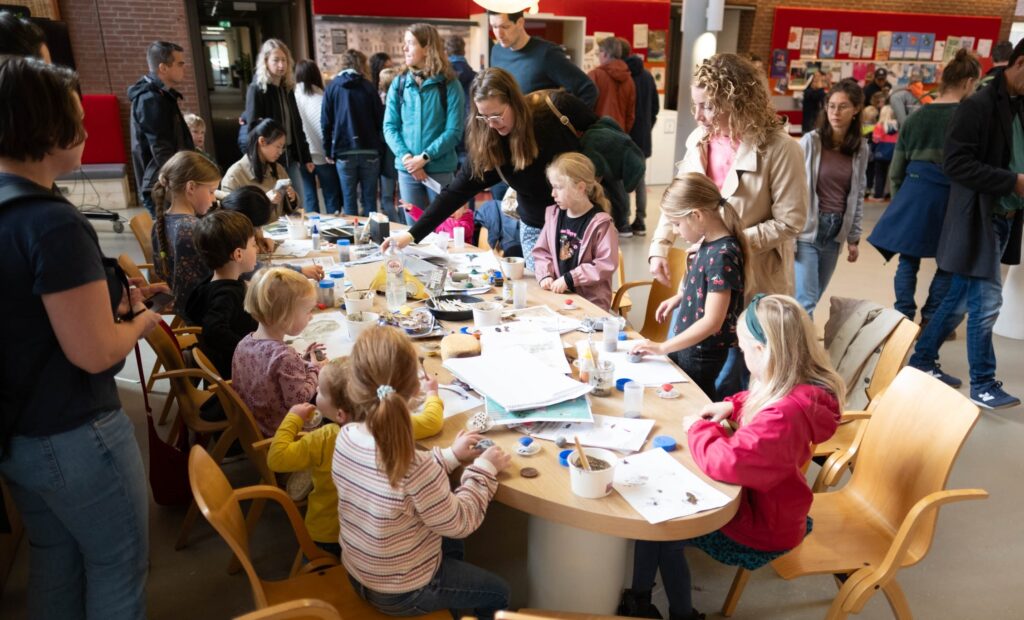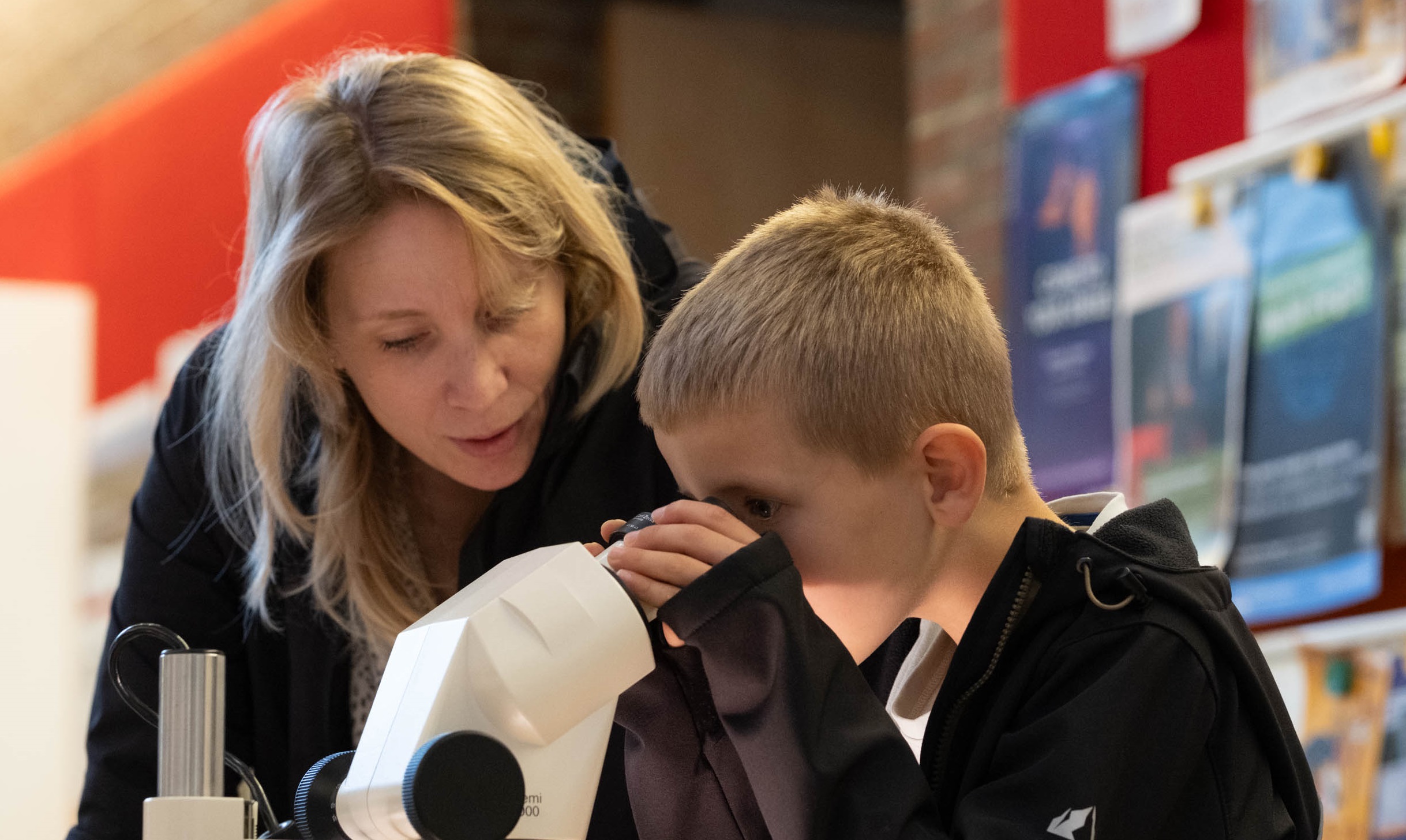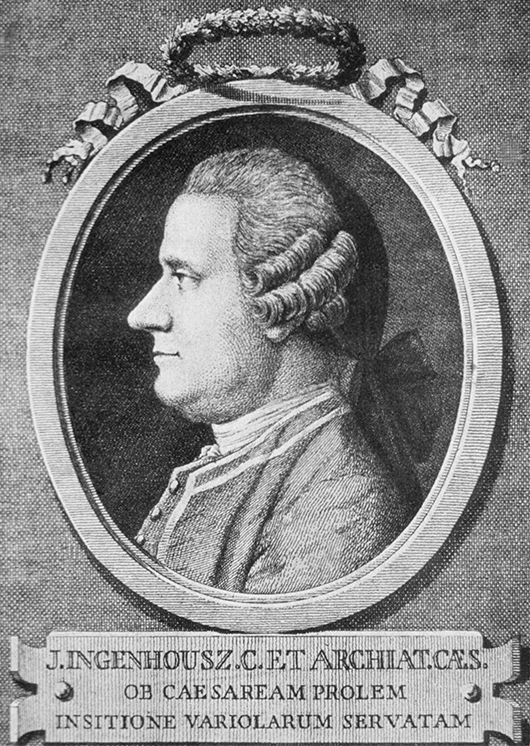It is better to be there early, to get children interested in science. And so during the Weekend of Science yesterday (Sunday) at Gaia, there was especially a lot to do for children. The (small) event was a lot like a big children’s party. With an educational slant, of course.
Alexander Laarman, operational manager of the Jan IngenHousz Institute, for instance, explained the importance and workings of photosynthesis in plain language. Jan IngenHousz is the Dutch discoverer of photosynthesis. The photosynthesis institute, named after his discoverer, has existed on campus for a year now.
Suffocation

A mouse under a glass bell jar dies of suffocation. But put a plant next to it and the mouse survives. At least in theory. This is due to the oxygen the plant produces as a by-product of photosynthesis. The test was not performed live, obviously, but it was demonstrated with a plush specimen and plastic plant.
A real mouse would most likely not survive the experiment. This becomes clear when Laarman uses a handy meter to measure the photosynthesis of a plant. The plant hardly converts carbon dioxide and water into sugars. The light required for this is not bright enough in Gaia’s interior.
Soil animals
Wageningen’s contribution to the science weekend concentrates around soil science. The event coincides with the Soil Animal Days, an initiative of the NIOO/KNAW and WUR. Besides the Jan IngenHousz Institute, the Centre for Genetic Resources was also present.
Translated with DeepL

 Photo Guy Ackermans
Photo Guy Ackermans 